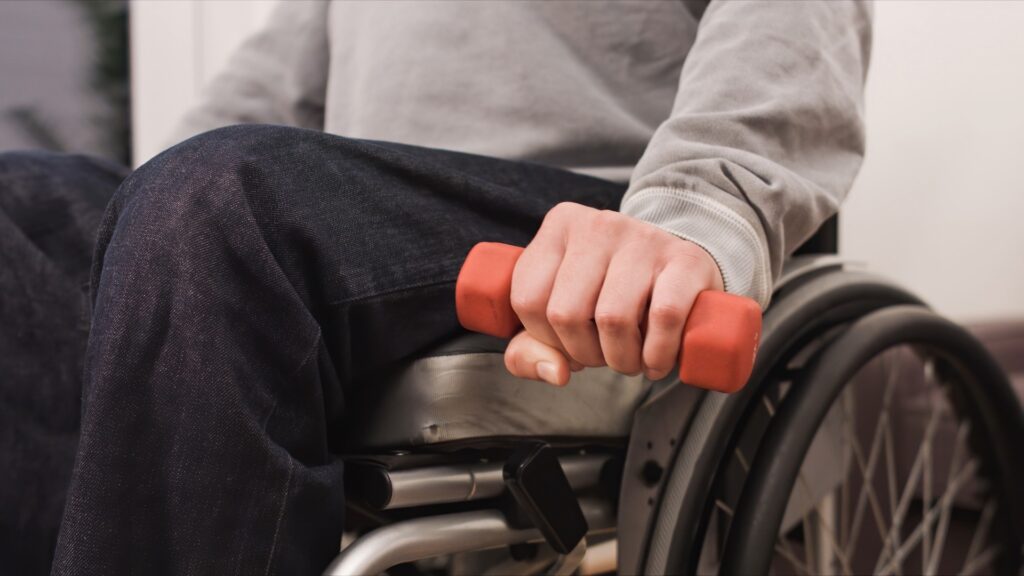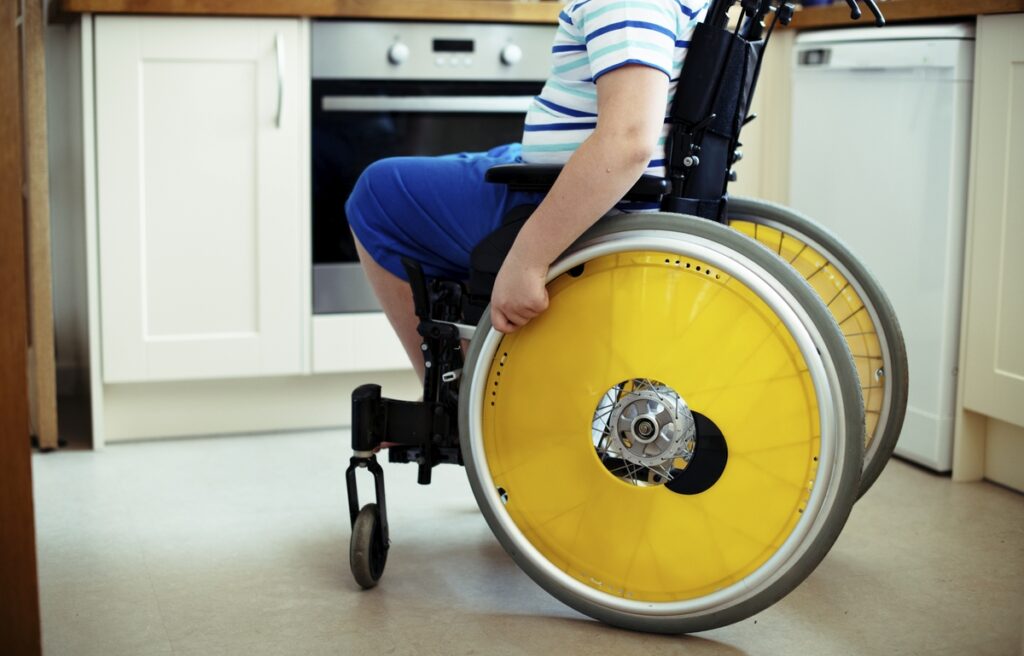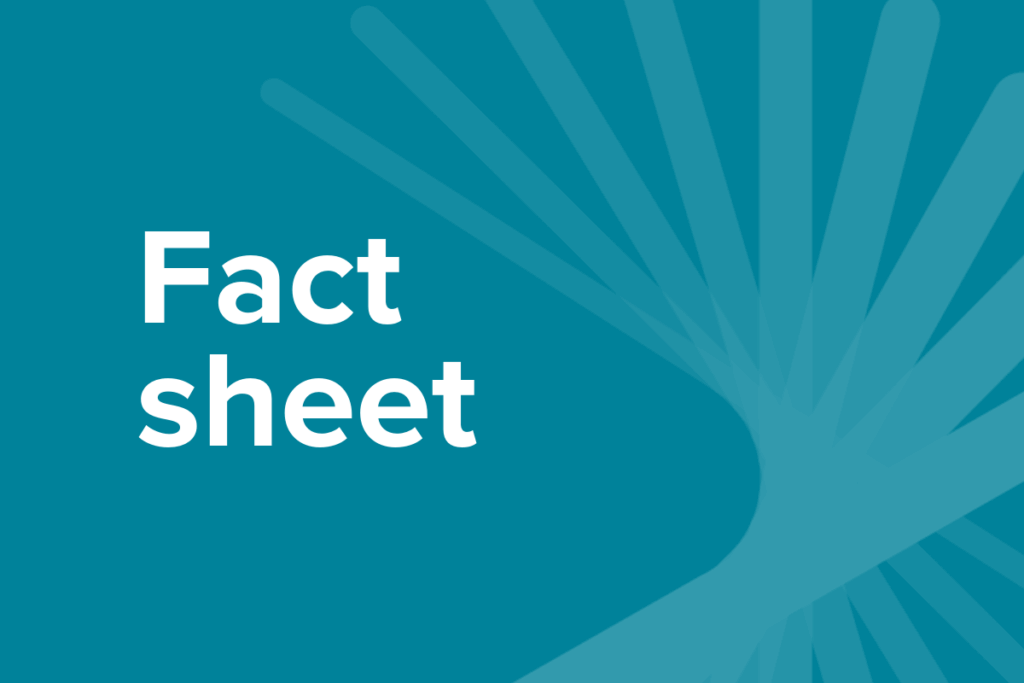Neuromuscular diseases
Neuromuscular disabilities (NMD) including multiple sclerosis, postpolio syndrome, and Parkinson’s disease.
Home / Neuromuscular diseases

Types of neuromuscular diseases
Neuromuscular diseases can be broken down into six general types depending how they affect the body, these are:
- muscular dystrophies (MD)
- motor neuron conditions
- metabolic muscle conditions
- peripheral nerve conditions
- neuromuscular junction conditions
- neuromuscular myopathies
Does exercise help neuromuscular diseases?
Most NMD’s are incurable, however exercise in neuromuscular diseases is known to improve:
- quality of life.
- reduce degradation rate of muscle.
- improve movement.
- improve symptoms or co morbidities of the disease.
- prolong independence.
- reduce risk of falls and injury and can prevent or limit disability.
Exercise not only improves movement and muscle control but also physiology including improved cardiovascular and respiratory function, (often the last phase of the condition) leading to increased longevity.
Things to remember
- Avoid exercising alone or in abnormal conditions. With movement disorders the risk of falls is increased.
- Conditions affecting the peripheral nerves can reduce pain symptoms, where pushing an exercise program too hard can result in an injury without receiving the neural feedback i.e. pain.
- Allow 48 hours to recover from resistance training prior to the next session.
- Foot and hand straps may be needed on bicycle and arm ergo machines to allow for adequate movement and control.
Seek advice from a health professional before commencing an exercise program to ensure the choices are right for you

What type of exercise is best for people with neuromuscular diseases?
Exercise Right recommends resistance training modifications to improve motor function in persons with cerebral palsy, muscular dystrophy, spinal cord injury, and stroke.
- Resistance and aerobic training improves physical fitness, strength and functional performance and capacity. Those with MS have shown to have increased walking mobility with combined resistance and aerobic training.
- Regular flexibility training assists with preventing contractures in people with muscular dystrophy, spinal cord injury and stroke.
If starting an exercise regime, Exercise Right recommends starting slowly. NMDs may be aggravated by fatigue so even a 2 minute seated exercise session is of greater benefit than exercising to fatigue.
- Start with a low intensity exercise first. The intensity can always increase if things are too easy, but if exercise is begun with too much too soon, people with NMDs may experience multiple bad days in a row.
- Always incorporate resistance training combined with flexibility training. The resistance training should target all the major muscle groups with low weight and high repetitions to begin with. Weight intensity should gradually be increased as fatigue and muscular endurance allows.
Frequently asked questions
What is an Accredited Exercise Physiologist (AEP)?
An Accredited Exercise Physiologist (AEP) is an allied health professional that prescribes individualised exercise therapy to help people manage their chronic conditions, disabilities, long-term injuries and so much more. They are the most qualified professionals in Australia when it comes to the prescription safe and effective of exercise therapy.
Who should see an AEP?
Anyone who wants to move safely and improve their health can benefit. From chronic conditions to injury recovery, or simply wanting advice on how to exercise right, an exercise physiologist is the expert to see.
Is an AEP covered by Medicare or private health insurance?
Yes. As allied health professionals, exercise physiology services are recognised in government health funding including Medicare, National Disability Insurance Scheme (NDIS) and Department of Veteran’s Affairs (DVA), workers’ compensation and private health insurers. It’s important that you check with your provider as coverage can vary.
Where can I find an AEP?
Use recognised directories like Exercise & Sports Science Australia (ESSA), ask your GP or look for allied health clinics with AEP credentials.
You may also like

Exercise and Spinal Muscular Atrophy (SMA)
Spinal Muscular Atrophy (SMA) is a rare genetic condition affecting nerves in the spinal cord that are important for movement control, known as motor neurons. Damage to the motor neurons means signals to the muscles can’t get through properly, causing them to gradually weaken and waste away (atrophy). People affected by SMA experience difficulties with […]

